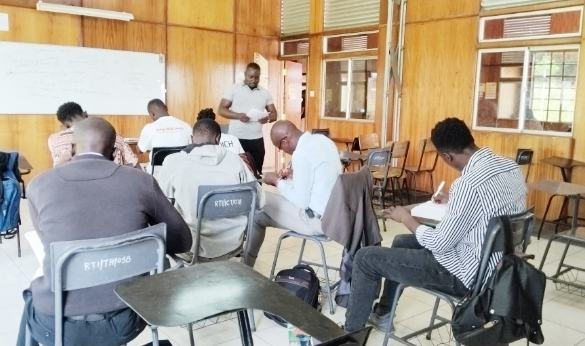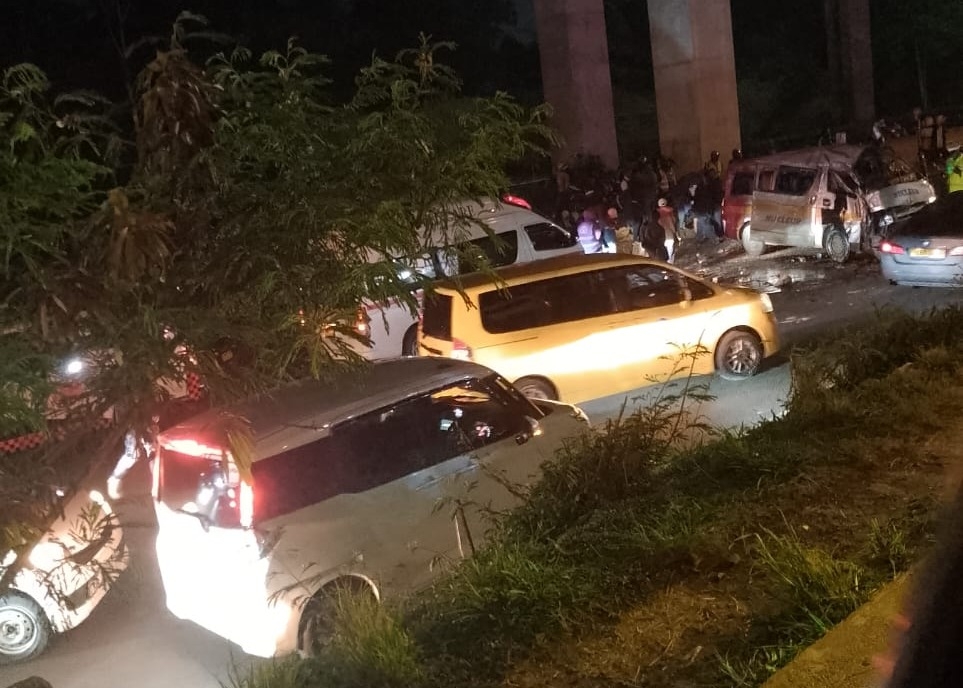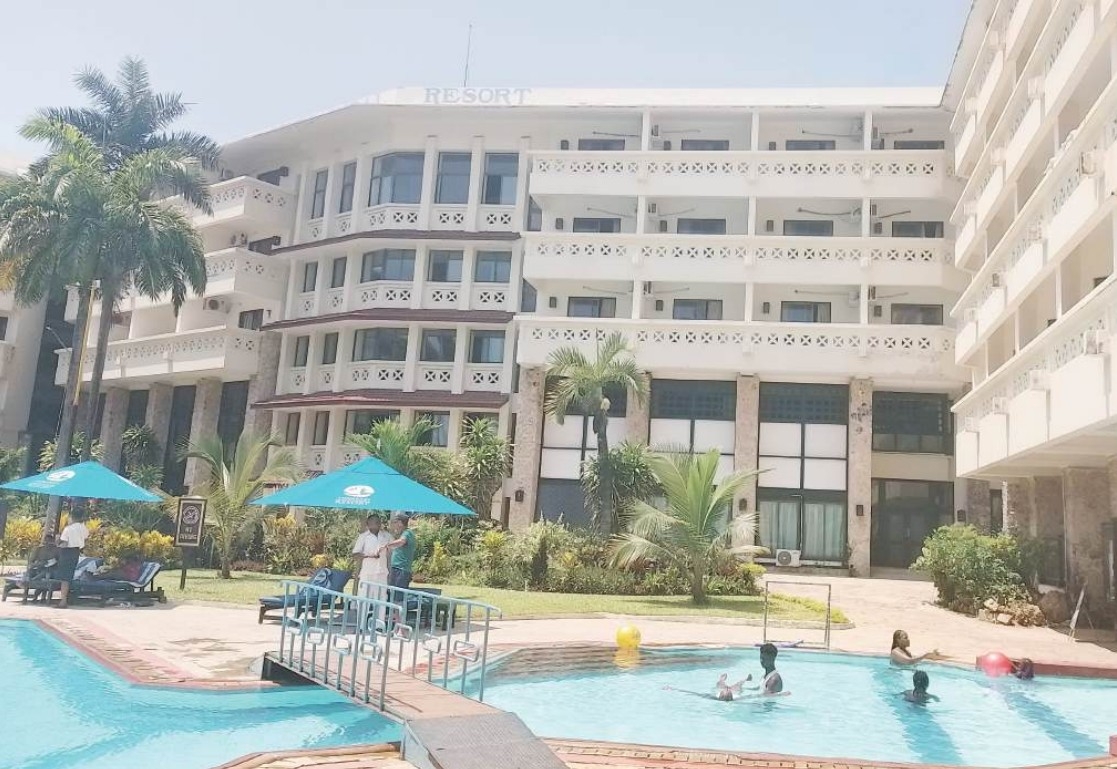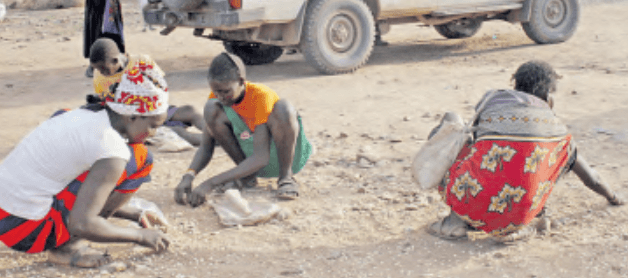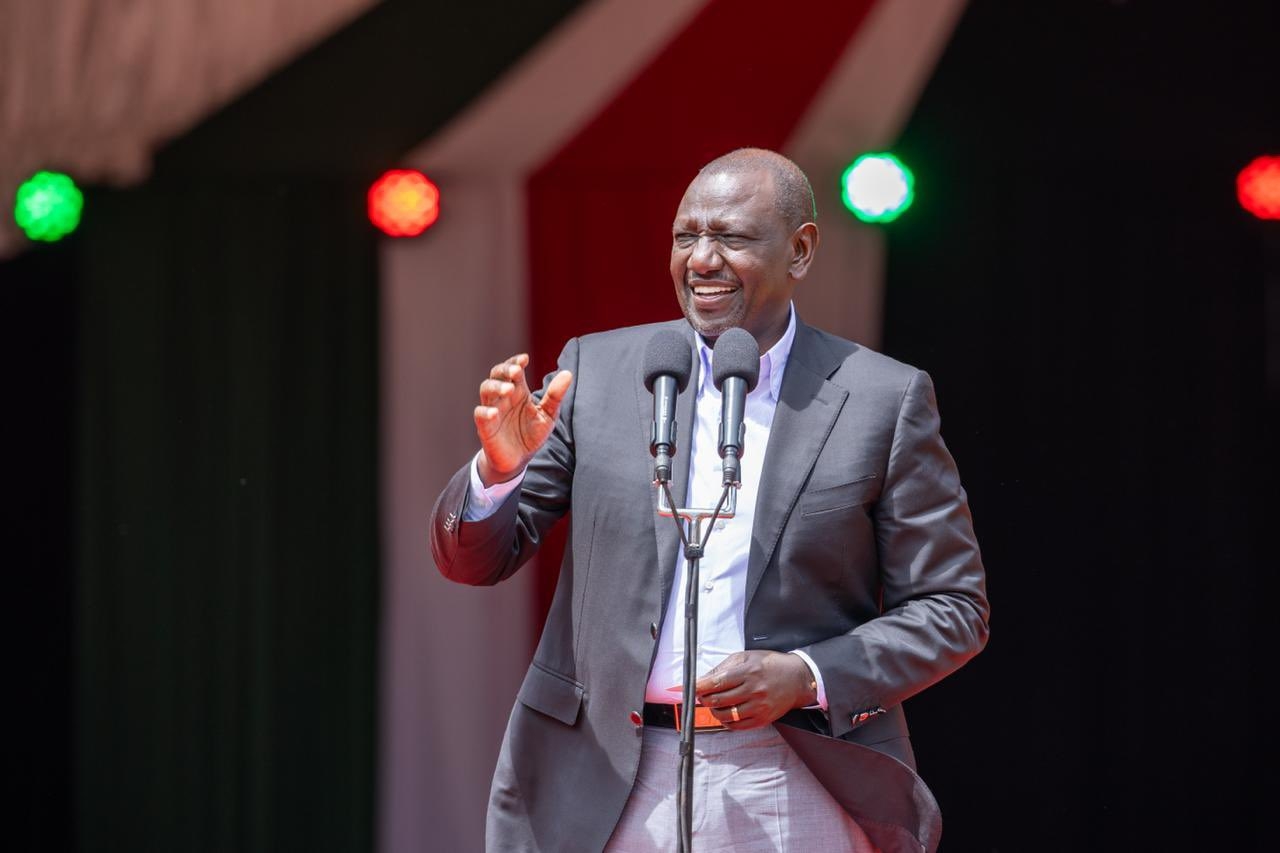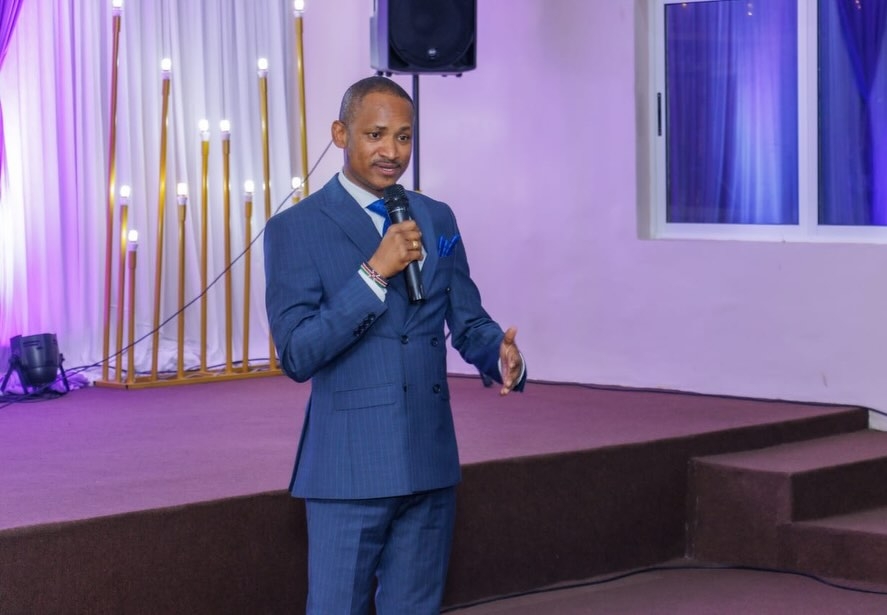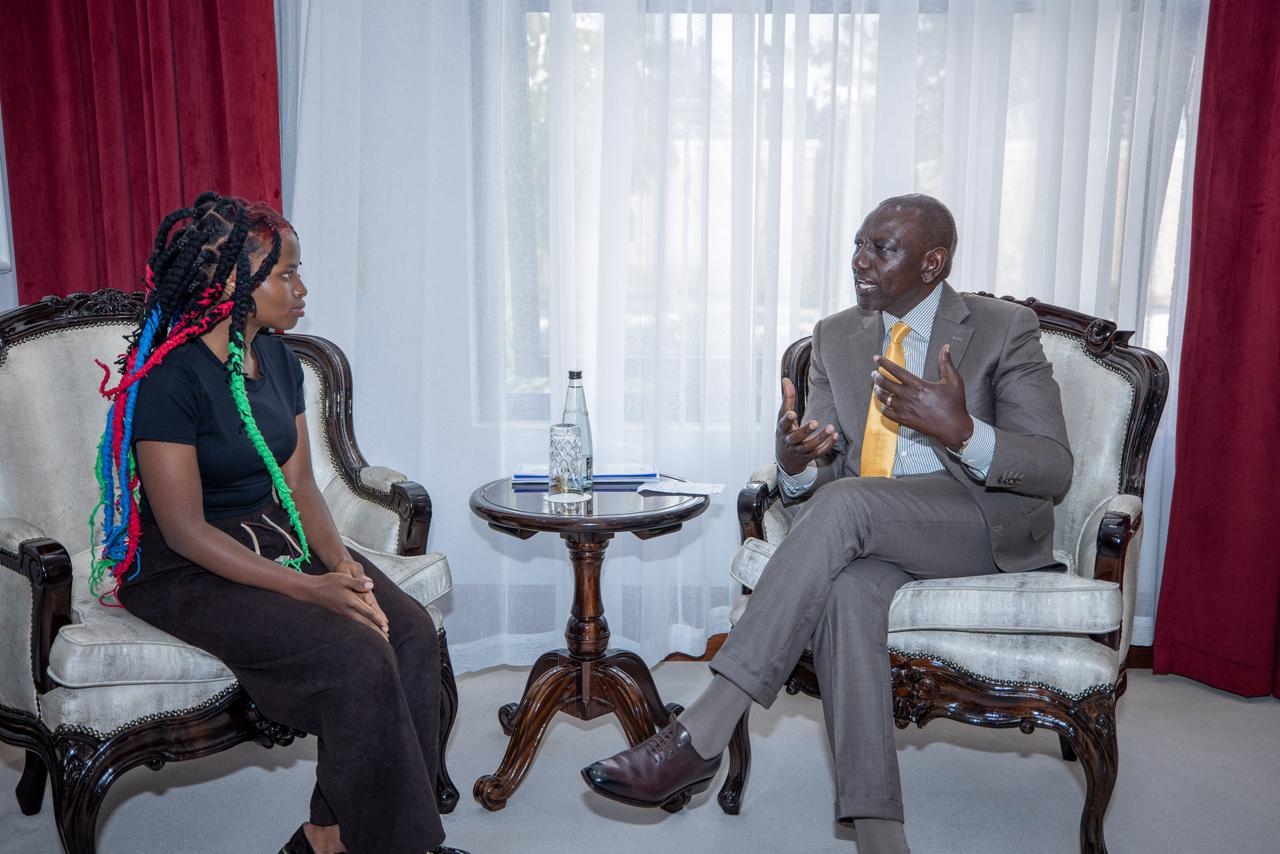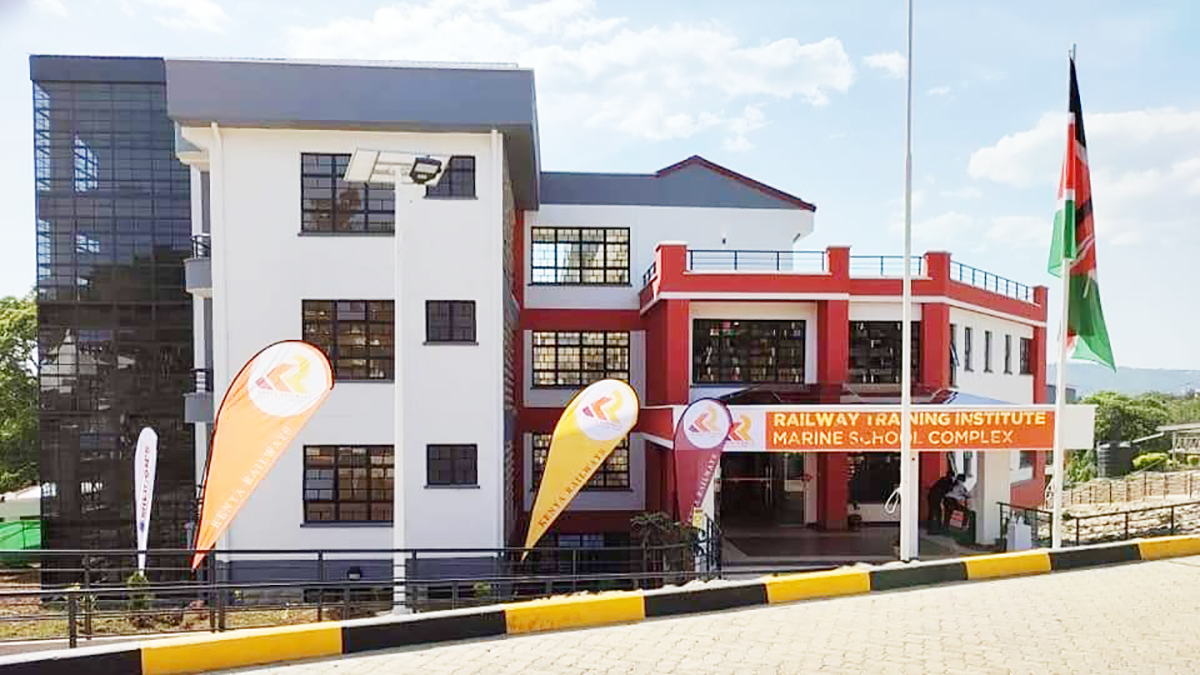
Nestled along the shores of Lake Victoria, the
Kenya Railways- Railway Training Institute-Kisumu Campus stands as a beacon of
maritime education and a catalyst for regional development.
Railway Training Institute (RTI)-Kisumu Campus has been instrumental in professionalizing marine operations and invigorating the blue economy across Kenya and the East African region.
Reviving Maritime Heritage
Originally operational between 1964 and 1992, the marine school was revitalized in partnership with World Bank under the Kenya Transport Sector Support Programme.
This investment facilitated the construction of modern facilities, including standard and executive hostels, a conference center, a training pool, and a fire safety school.
According to Kenya Railways Managing Director Philip Mainga, the Kisumu campus was established to tap into the blue economy potential in the region.
Mainga notes that the campus is not exclusively for Kenyans but is designed to serve the broader East African region.
He adds that they recently received requests from Uganda, Burundi, and the Democratic Republic of Congo, with hope of expanding offerings to accommodate even more advanced training as authorized by the Kenya Maritime Authority (KMA).
“The institution is not just for Kenyans. We offer specialized marine training courses aimed at meeting the needs of not only Kenya but the wider EAC,” said Mainga.
Empowering the Lakeside Community
For residents of Kenya's lakeside regions, particularly Kisumu, the RTI-Kisumu Campus has opened new avenues for employment and economic growth.
Currently hosting about 400 trainees, the school offers a range of courses, including Coxswain Level III, Diploma and Craft Certificate in Maritime Transport and Logistics.
Mainga says the institution is focused on equipping students with market-relevant skills.
He explained that the Maritime Transport and Logistics course has evolved over time from clearing and forwarding to international freight management and is currently examined by the Kenya National Examinations Council (KNEC).
It takes three years at Diploma/level 6 level with an entry requirement of KCSE Grade C- , although a few students join with higher grades. The certificate/Level 5 level requires a minimum of KCSE Grade D and runs for two years. Certificate holders who proceed to diploma are exempted from Diploma Module I.
The second program, Coxswain Level III, is examined by the Kenya Maritime Authority and takes six weeks: four weeks of theory and practical training and two weeks for examinations.
This course is particularly important for navigating small vessels up to 25 meters, which account for nearly 90% of vessels operating on Lake Victoria.
The third course, Marine basic safety training (STCW), is a mandatory international course for anyone intending to work on a vessel—be it a cargo ship or passenger ferry. It covers survival, first aid, fire safety, personal safety, and security awareness.
“We train more than 200 students annually in various programs. Most complete their studies and move directly into internships or job placements, thanks to the growing demand in the maritime sector,” he explained.
He also confirmed plans to introduce new programs from September, including Tourism and Hospitality, Food and Beverage Production, and Marine Entrepreneurship.
“We want to make Kisumu the regional hub for maritime logistics training,” he added.
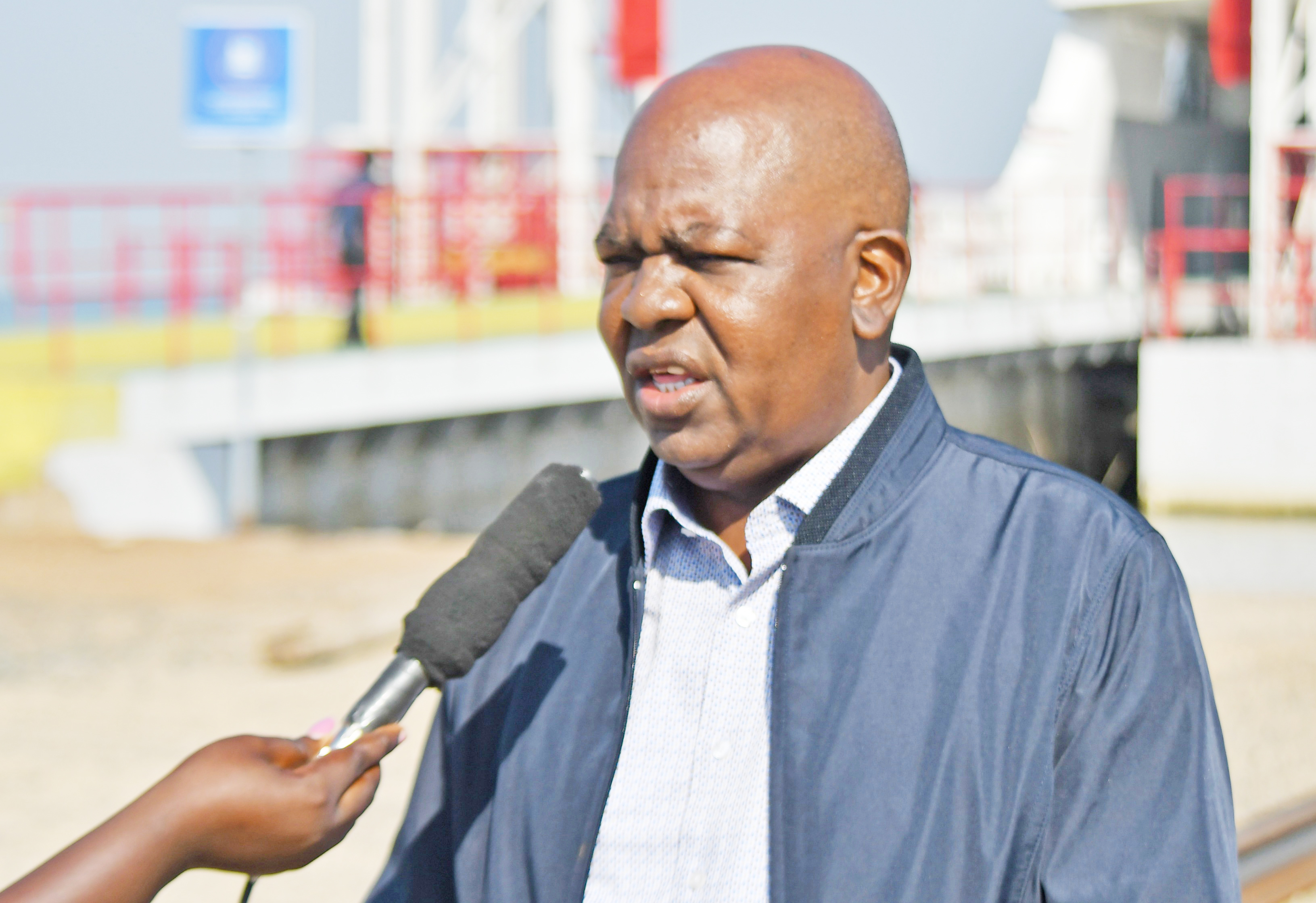
Currently, the Head of Campus said they are working in partnership with institutions such as Taaka Maritime Higher Institution (TAMAHI) of Cameroon and Blue Waters Agency of Uganda, which is sponsoring Ugandan trainees to study in Kisumu.
The head of the Kisumu campus, Stephen Adwera Ojuang’ acknowledged the support received from the Kisumu County Government, which he said has been instrumental in sponsoring trainees from the region.
“The Governor has been very responsive. Most of the students we have trained so far have benefitted through county scholarships. The response has been great and because some of the programs are short courses, we train most of them,” said Adwera’.
He further added that the Coxswain Level III is particularly useful for lake transport, offering vital navigation and safety skills.
“The STCW program helps vessel operators sell their skills beyond Kenya, and as an institution, we have witnessed this with our students being placed for internships and getting jobs in different organizations.”
Training with Real Impact
With Kenya’s blue economy rapidly expanding and regional trade intensifying, the demand for skilled maritime professionals has surged making institutions like KR Marine School increasingly vital.
Students currently enrolled at the campus attest to the transformative nature of the training.
Ochieng Abdula, who holds a degree in Fisheries and Aquaculture, is undertaking the internationally required STCW (Standards of Training, Certification and Watchkeeping) course.
“This training is mandatory for anyone intending to work aboard a vessel—even a chef or an engineer,” he explains.
“I’m grateful to the Kisumu County Government for the scholarship that made it possible for me to pursue this.”
The STCW course includes five safety-focused modules: elementary first aid, fire prevention and firefighting, personal survival techniques, personal safety and social responsibility, and security awareness.
Abdula also completed the Coxswain Level III course, which prepares one to operate vessels up to 25 meters.
“These certifications are essential for anyone working in marine research or fisheries,” Abdula adds.
Dorcus Achila, another student at the institution, is training to be a coxswain.
“We’re being taught how to navigate vessels, using GPS and compasses to guide us. It’s more than just operating a boat it’s about responsibility and safety on water,” she said.
Achila emphasizes that the training is critical, given the responsibility involved in operating vessels safely on the lake.
National and Regional Significance
Beyond local benefits, KR Marine School plays a pivotal role in national development and regional integration.
As Kenya’s second marine institution after Bandari College in Mombasa, it complements efforts to enhance maritime safety and skills across the region.
The institution collaborates closely with key stakeholders including the Kenya Maritime Authority (KMA), Kenya Ports Authority (KPA), Lake Basin Development Authority, Kenya Shipyard Limited to promote sustainable development of Kenya’s inland waterways.
Mainga notes that as regional interest grows, so does the school’s responsibility.
“We’ve had trainees sponsored by different institutions in Kenya and across EAC. This reflects growing confidence in the quality of training we provide,” he said.
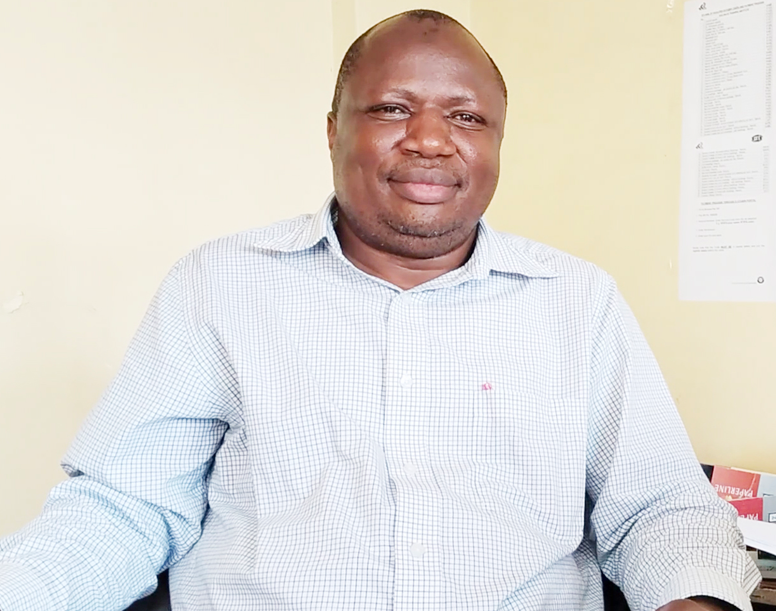
Boosting the Economy
The RTI- Kisumu Campus contribution to the economy is multifaceted.
According to the State Department for the Blue Economy, the sector holds the potential to contribute up to KSh 500 billion to Kenya’s GDP annually, underscoring the significance of institutions like RTI- Kisumu Campus in realizing this vision.
By producing a skilled workforce, it supports the operationalization of Kisumu Port, which has undergone a KSh3 billion renovation.
The port’s enhanced capacity has boosted trade with neighboring countries, positioning Kisumu as a strategic hub in East Africa.
According to the latest report by the Kenya Ports Authority (KPA), the revitalized port handled 280,381 metric tons (MT) of cargo in 2024—more than double the 116,578 MT recorded the previous year.
The momentum has carried into 2025, with the port already processing 109,839 MT in the first quarter alone, signaling sustained growth and strong regional demand.
The port has also seen a notable increase in ship traffic, with 67 vessels docking so far this year.
Seven major ships which include Orion III, Uhuru II, MT Elgon, MT Kabaka Mutebi III, MV Munanka, Mango Tree, and MV Noris now operate regular routes through Kisumu.
Graduates from the institution are increasingly filling roles in maritime transport, logistics, and tourism industries where skilled professionals are in short supply.
This alignment between training and market needs ensures that the institution remains vital to Kenya’s economic growth and its broader blue economy agenda.
Toward a Sustainable Future
The Kenya Railways RTI-Kisumu Campus exemplifies how targeted investment in education and infrastructure can yield significant dividends.
By fostering maritime expertise, enhancing safety, and stimulating economic activity, the institution not only empowers individuals like Ochieng and Dorcus, but also propels Kenya toward a prosperous and sustainable future.
As demand for maritime professionals continues to rise across the region, Kenya Railways RTI-Kisumu Campus is well positioned to lead the charge in creating a skilled workforce, reducing waterway accidents, and enhancing regional integration through education.
